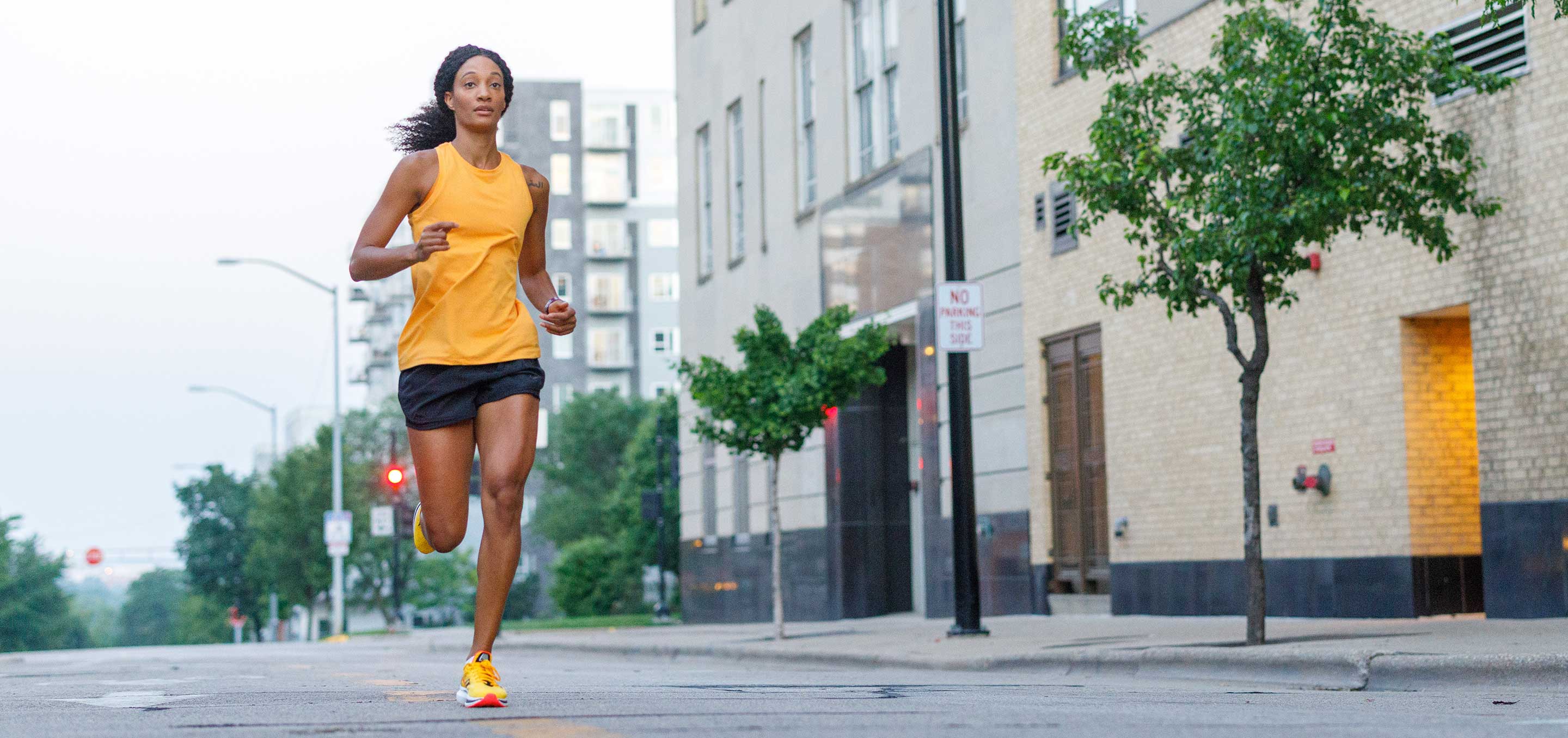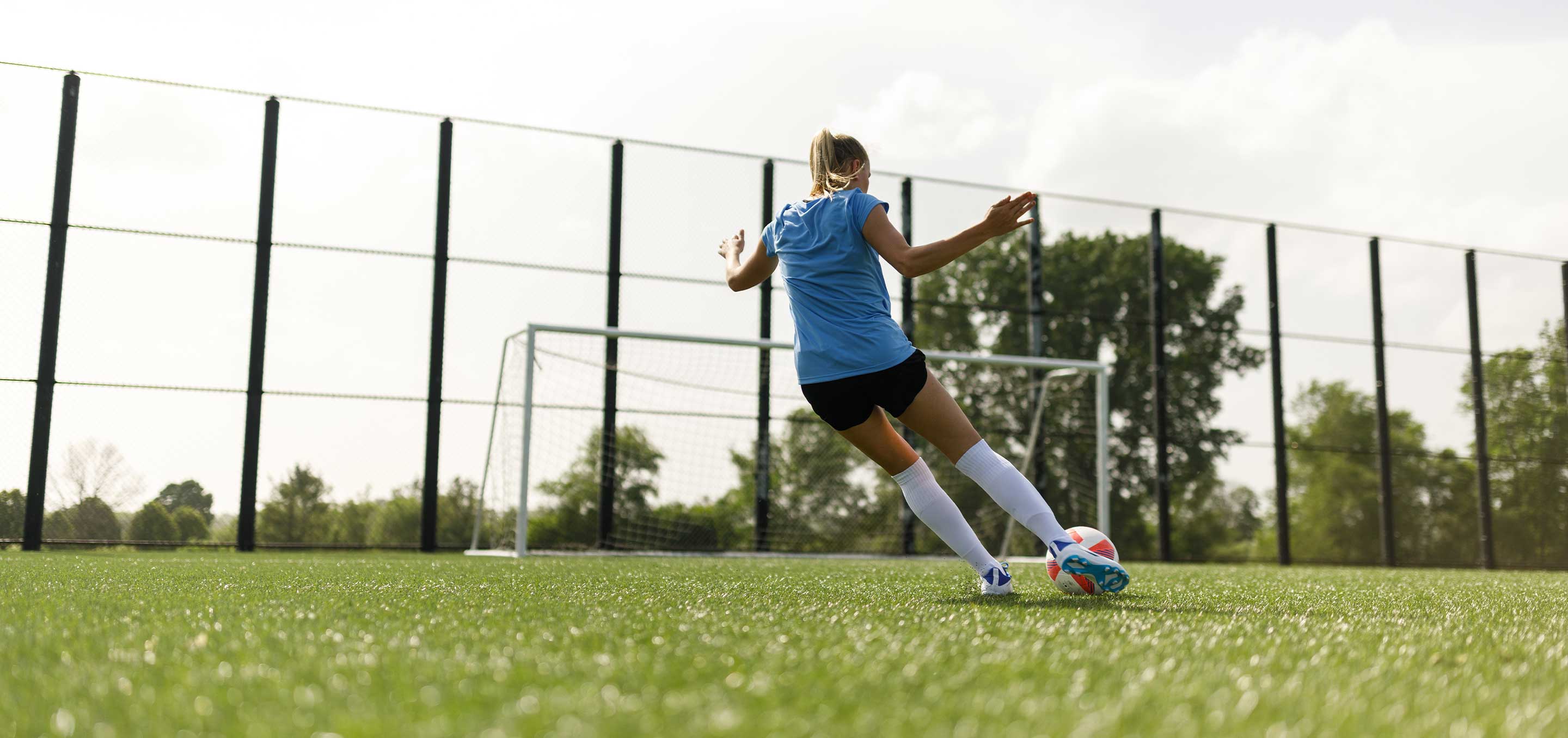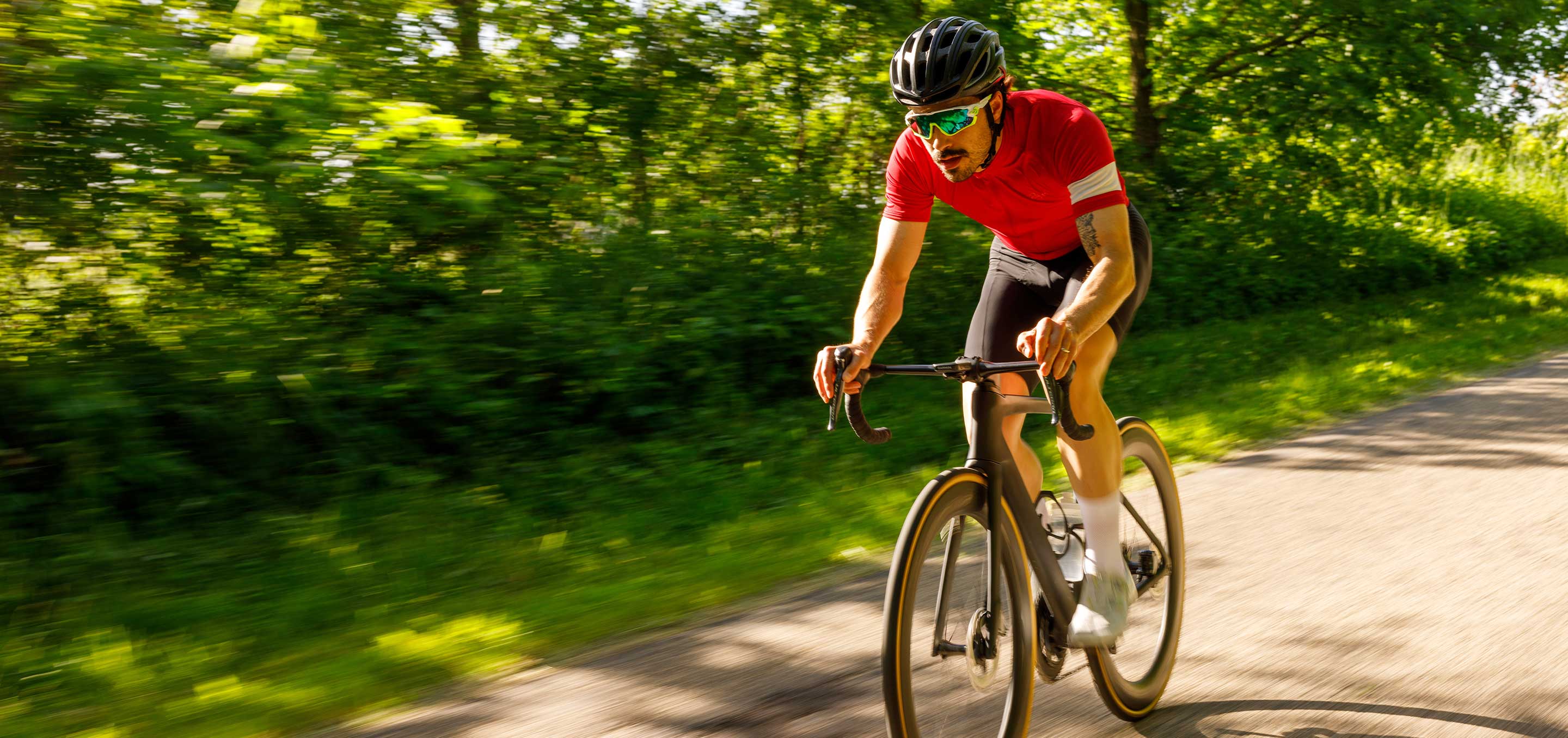Why Fall is the Best Season for Running
When the leaves change and the air turns crisp, many runners agree: fall is the best season for running. Summer’s heat has faded, winter’s chill hasn’t arrived yet, and conditions are just right for both casual jogs and serious training.
The Benefits of Running in Fall
Cool Weather Running, Better Performance
In summer, heat and humidity force your body to work harder to regulate temperature, leading to faster fatigue. But fall’s cooler air gives you an endurance edge, allowing you to run longer and recover quicker. With less stress on your body, you can push your limits, build mileage, and enjoy runs that feel energizing instead of draining.
The Best Time to Run? Fall Mornings and Evenings
Polar asked running coach John Kenworthy when the “best” time is to run, and “’it largely depends on your daily schedule and how running fits into it. As long as you’re taking care of the basics around your run, like sleep, hydration, proper nutrition, and a warm-up and cool-down, and the time you choose creates the most seamless fit into the rest of the day, that’s the best time to run for you and your situation.’” However, weather can play a large part in the effort and enjoyment of a run. Cool, consistent temperatures make early starts and post-work runs feel less taxing.
If you’re training for a spring or winter half marathon or marathon, these consistent fall conditions mean fewer setbacks and better performance across your training cycle. To stay comfortable no matter when you lace up, check out our injury prevention technology to keep your training consistent.
Fall is Perfect for Long-Distance Training
The fall season is a great time to start a training block. Many of the world’s biggest races, from London to Boston, happen in late winter and spring, and for good reason. Steady weather means fewer interruptions, while cooler air reduces the strain of long-distance efforts.
Benefits of Training in the Fall
- Build a Strong Base: Cooler weather makes it easier to gradually increase mileage without the added strain of summer heat.
- Consistency Pays Off: Training through fall and early winter builds the habit so you’re not starting from zero in January.
- Peak at the Right Time: Fall training cycles (16–20 weeks) line up perfectly with March/April races, ensuring you’re at your strongest on race day.
- Less Burnout: By easing into a plan in fall, you avoid the common mistake of “cramming” mileage too quickly in winter.
- Enjoyable Runs: Fall weather is often the most comfortable for running, helping you actually enjoy training and stick with it.
But higher mileage also means more stress on your body. That’s where insoles designed for running make the difference. Designed by German sports scientists, RUNPRO™ reduces pressure on your feet, minimizes fatigue, and supports natural biomechanics. It’s the ultimate gear upgrade for anyone logging serious miles this season.

Why Runners Love the Fall Season
Motivation is Everywhere
Fall is a great time to get into running, and there are countless events to keep you motivated including Turkey Trots or Hot Chocolate runs. Training programs can begin or peak during this time, and you’ll find plenty of group runs, local races, and community events.
Gear Up for Seasonal Success
According to Asics, fall running is all about the layers. “As your body temperature rises you may get hot enough in certain temperatures to remove layers as you go. You may also want to put layers back on as you go. This way, you can adjust depending on weather conditions and how your body feels.” A lightweight jacket, breathable long sleeves, and reflective gear are all you need to handle cooler temperatures and darker mornings.
And don’t forget what goes inside your shoes. Insoles complete your running shoes with activity-specific comfort and support. Available in three arch profiles, high, medium, and low, RUNPRO™ matches your foot’s natural movement, delivering energy return with every stride. If you’re looking for adventures along with running this fall, explore our full range of activity-specific insoles for hiking, cycling, and snow sports.
Find Your Perfect Fit with the CURREX® Insole Finder
Every runner’s feet are different, and the right support starts with knowing your arch type. That’s why we created the Insole Finder, a quick, easy tool that helps you determine whether you have a high, medium, or low arch and matches you with the insole that’s best for your stride.
For fall running, where consistent training and longer mileage are the focus, the right insole can make all the difference. The Insole Finder will give you a recommendation tailored to your unique foot shape, helping you run more comfortably, reduce fatigue, and stay on track with your goals all season long.
Tips for Running in the Fall
- Layer Smart: Fall mornings can be chilly, but temperatures often rise quickly. Dress in lightweight, moisture-wicking layers you can remove as you warm up.
- Stay Visible: Shorter daylight hours mean you’ll likely be running in lower light. Add reflective vests, bright clothing, or headlamps to keep yourself visible and safe.
- Protect Your Feet: Wet leaves, rain, and uneven terrain can make fall routes unpredictable. CURREX® insoles stabilize your stride, absorb impact, and reduce foot pressure so you stay comfortable and confident mile after mile.
Tip: For trail runners tackling fall terrain, our HIKEPRO™ insoles deliver the same comfort and support, designed for off-road adventure.
Running in the fall is about more than enjoying the scenery, it’s the season to train smarter and feel stronger. Cooler weather and steady conditions make it easier to build endurance, recover well, and stay consistent, so you can keep moving mile after mile.
FAQs About Fall Running
Q: What’s the best time to run in the fall?
A: Most runners prefer fall mornings or evenings when temperatures are cool and steady, making runs more comfortable and efficient.
Q: Is running in the fall good for marathon training?
A: Yes. Fall weather is ideal for building long-distance mileage, which is why many major marathons are scheduled in autumn.
Q: How do I prepare for cool weather running?
A: Dress in light, moisture-wicking layers, wear reflective gear, and protect your feet with running insoles for comfort and stability.
References:








